PRESS RELEASES
07/12/2022
Studio St. Germain Pursues Milestone Passive House EnerPHit Certification in Pennsylvania

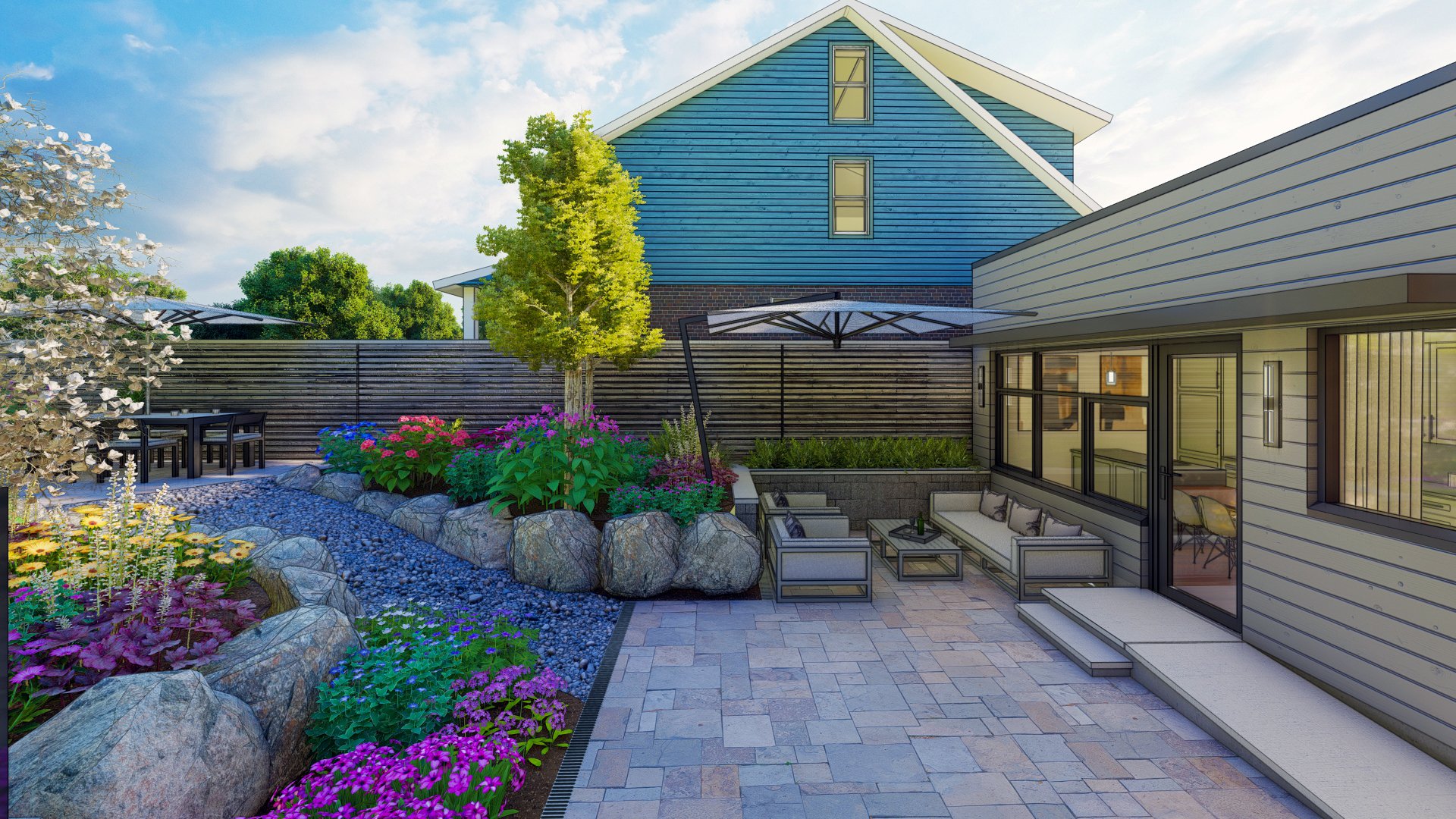
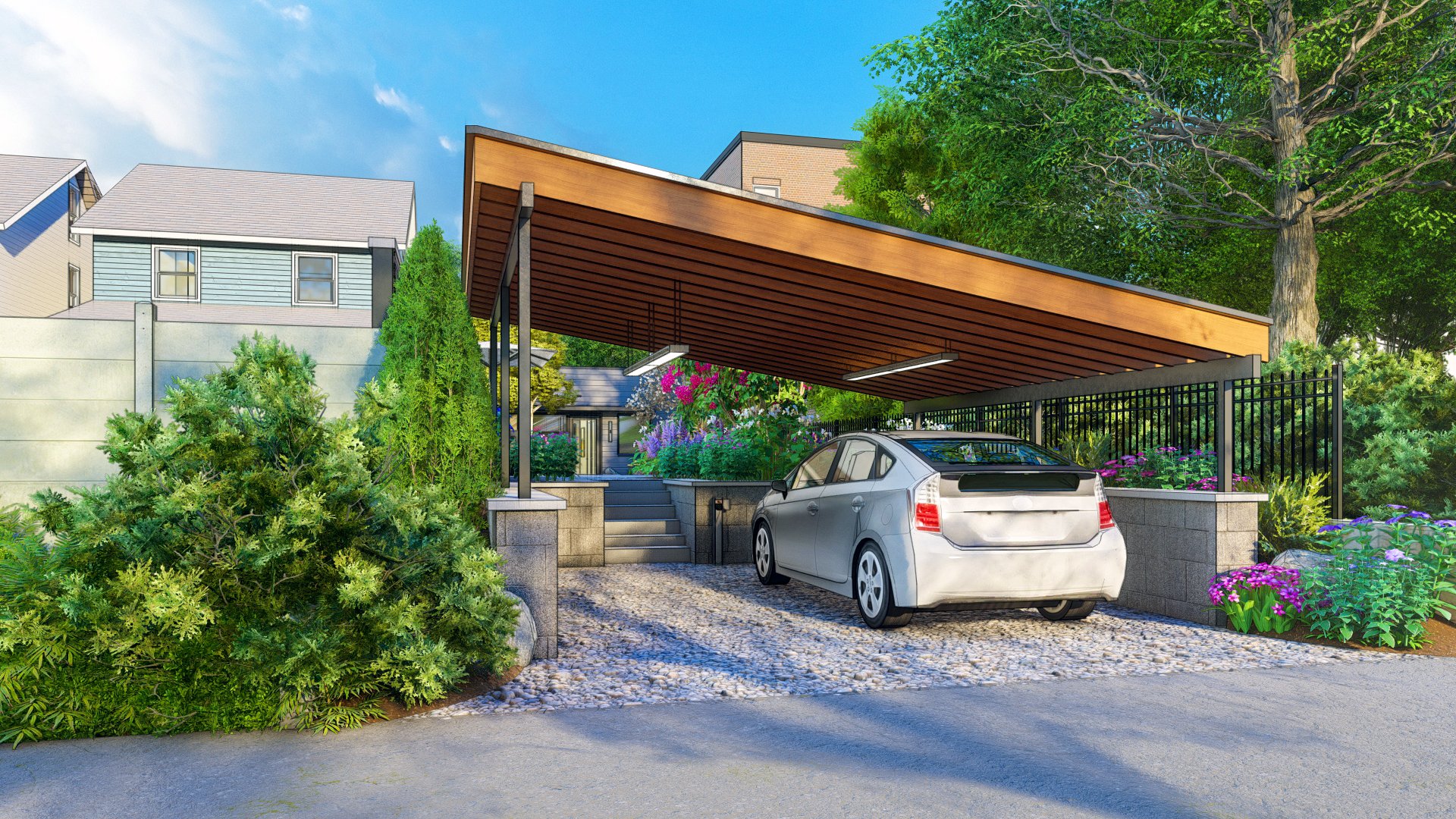


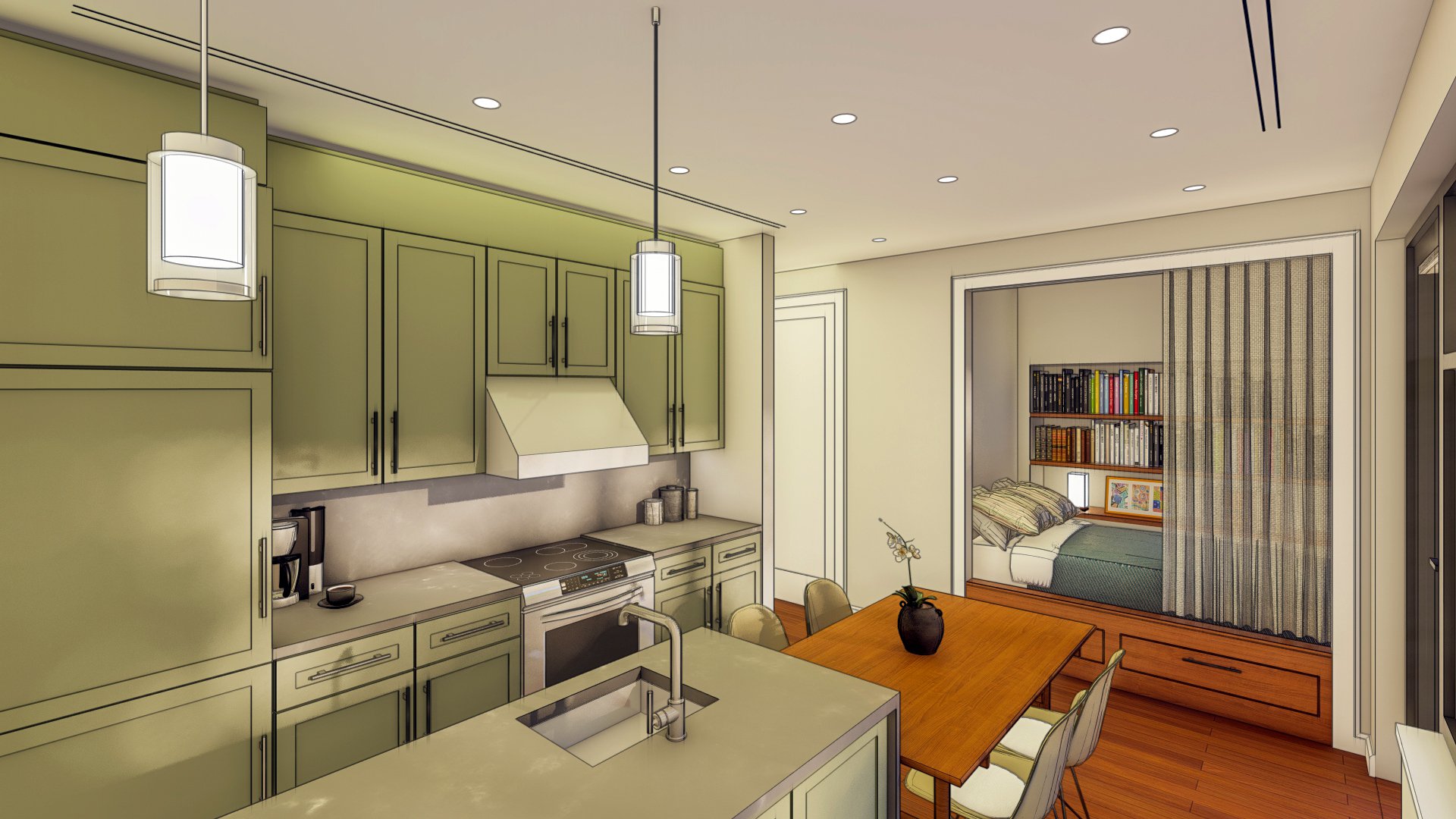

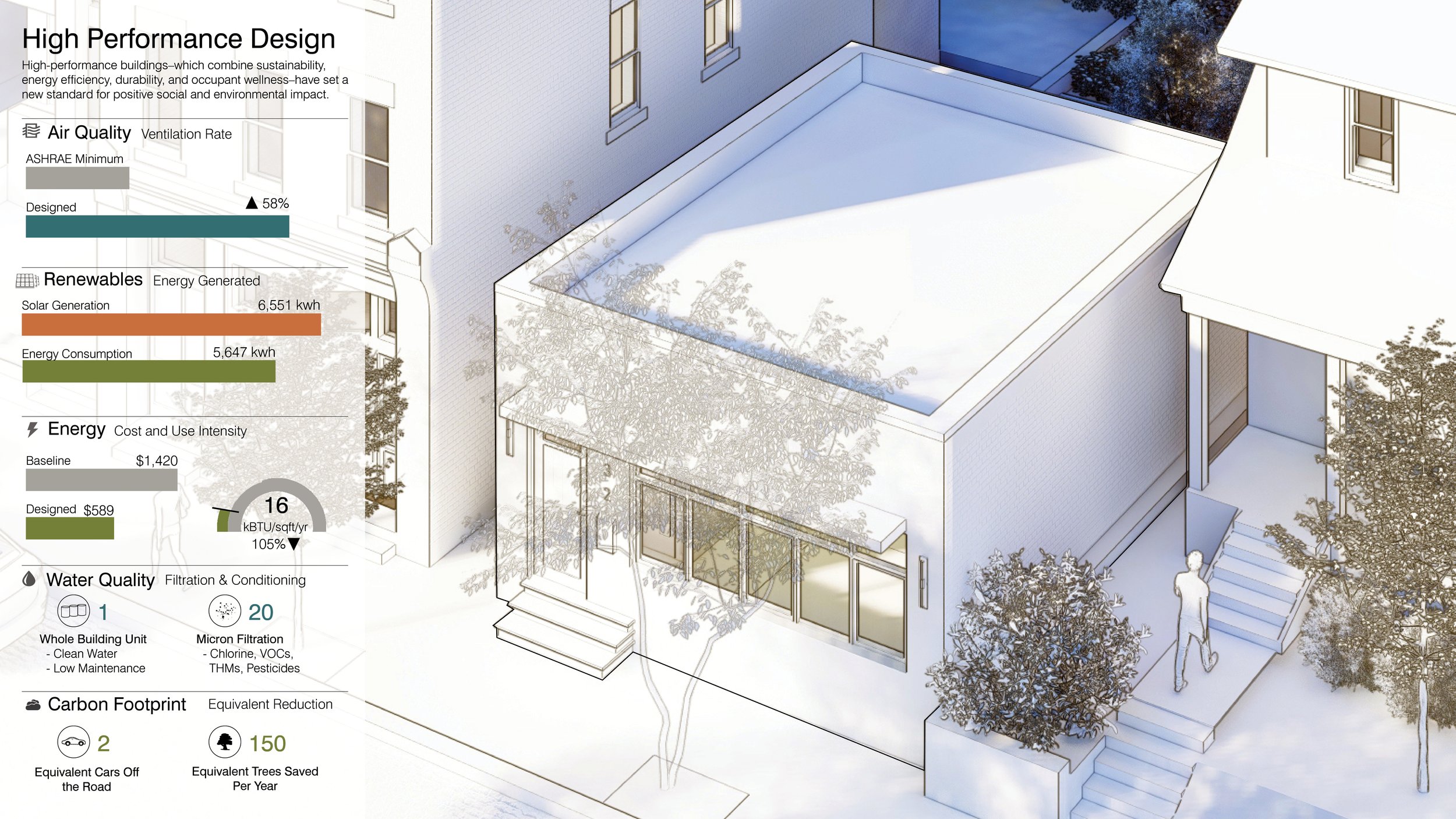
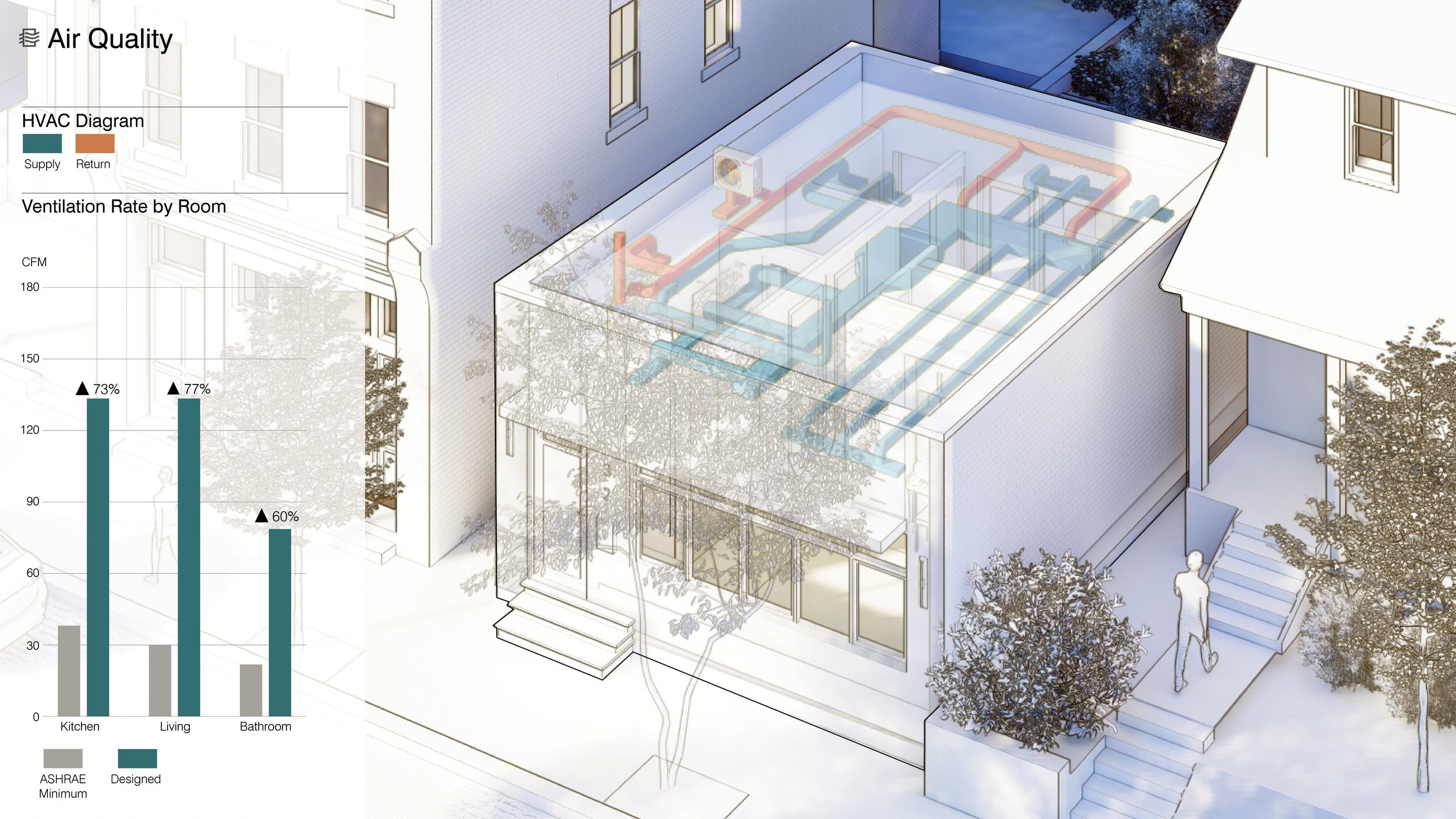
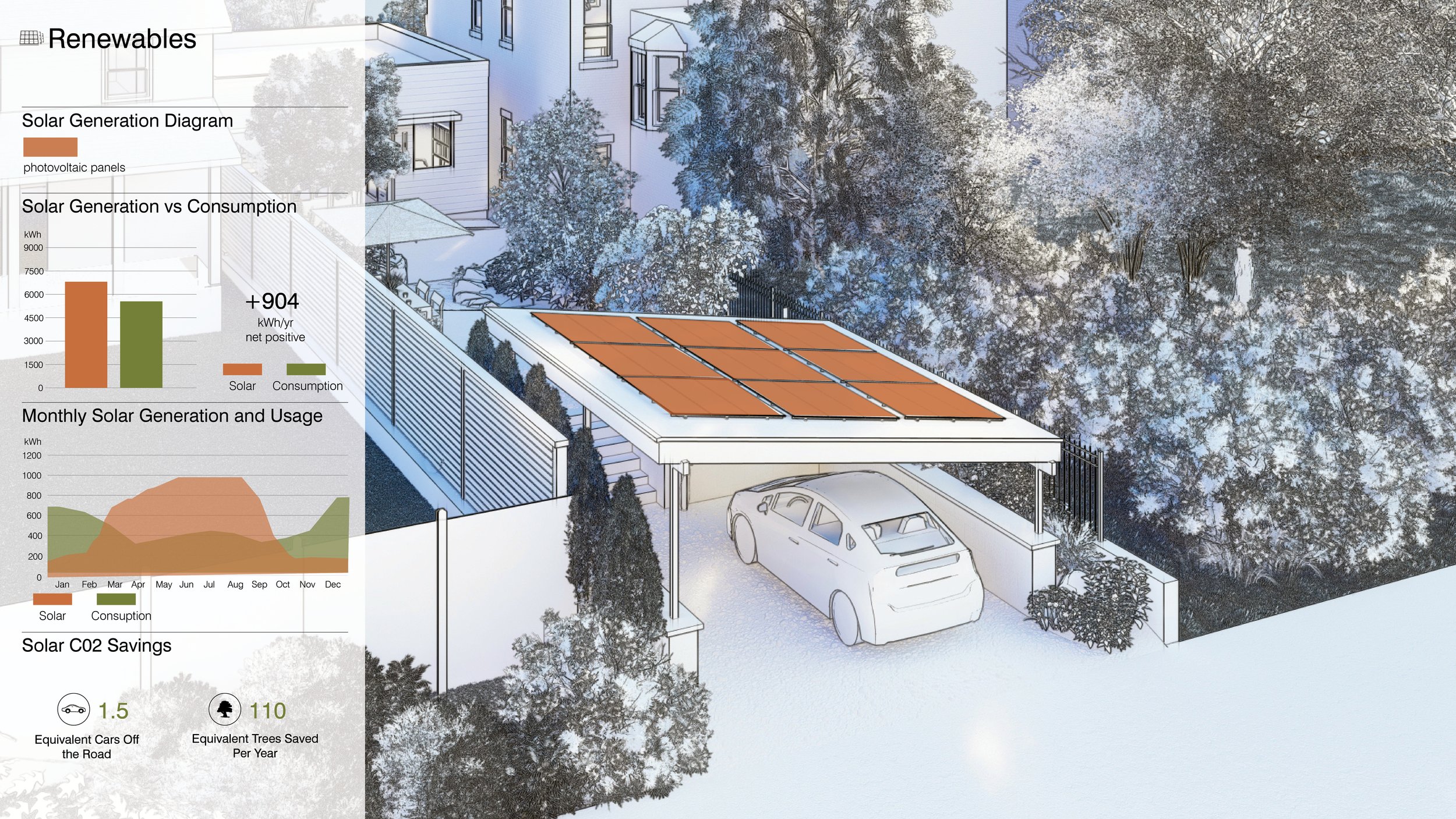


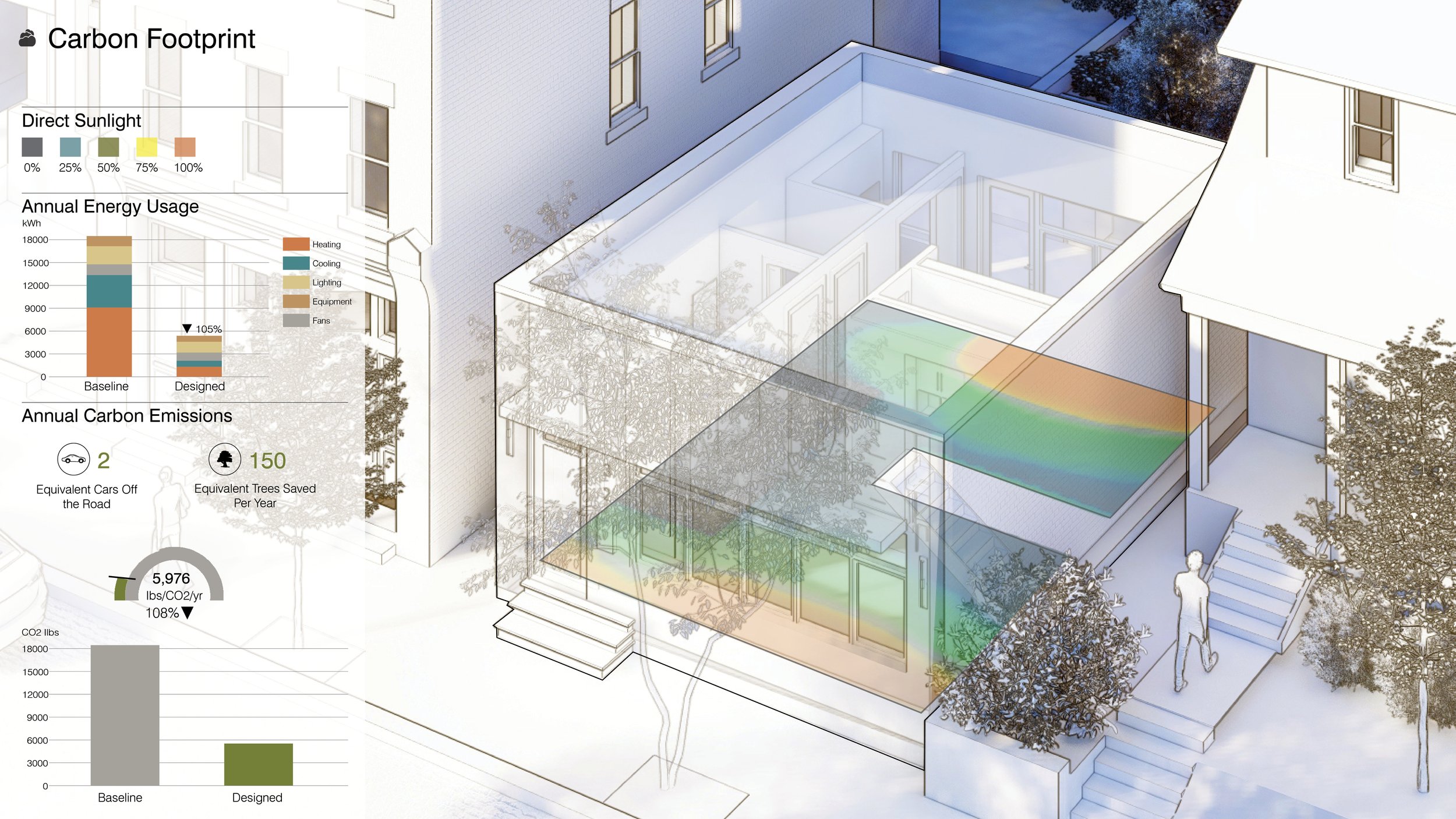
The borough of Wilkinsburg, Pennsylvania, which adjoins Pittsburgh, is known for its magnificent churches and a vibrant arts scene. Before next spring, Wilkinsburg may have a new distinction: it may soon boast the first single-family home in Pennsylvania to earn a Passive House EnerPHit certification.
Studio St. Germain, based in Sewickley, designed the Wilkinsburg Passive House, a single-story home located within walking distance of Frick Park. Previously a weather-beaten one bedroom with a cluttered interior and the inefficiency typical of average construction, the Wilkinsburg Passive House is now a modern example of sustainability fused with quality design and high performance.
Created by the Passive House Institute specifically for existing structures, the EnerPHit standard prioritizes energy efficiency, thermal insulation, and resilient construction. In some cases, retrofitting a building can achieve results similar to new construction under Passive House principles. These principles stress just how consequential ethical design is to our future.
Nathan St. Germain, Principal and Founder of Studio St. Germain, sees the Wilkinsburg Passive House as a model of one of his core values: designing for the public good. “This is a great example of a high-performance building that offers eco-friendly solutions and addresses energy efficiency while also keeping the occupant at its center by providing a healthy atmosphere,” he says. “This human factor is the added dimension that takes sustainability a step further and shows that buildings can care for us.”
The Wilkinsburg Passive House is part of the Studio St. Germain High Performance Program, which specializes in energy-efficient, sustainable architecture that also emphasizes occupant health. At 700-square feet, the residence performs well beyond its plot size. Powered exclusively by solar-generated electricity, the Wilkinsburg Passive House bypasses the use of fossil fuels, ensuring a limited carbon footprint. A solar array atop the carport will produce more energy than the home consumes—6,551 kWh per year—making the Wilkinsburg Passive House a net-zero structure.
Over the years, more and more socially conscious homeowners have decided to invest in architecture that reflects their personal values. With each passing day, the importance of reducing energy consumption becomes clearer. Similarly, the effects of greenhouse gas emissions on climate change have been well-established, making renewable energy a crucial element of contemporary design.
When complete, the Wilkinsburg Passive House will operate with an annual carbon emissions rate projected to be 67% less than houses of a similar size and type. Operational carbon emissions—produced by power demands from lighting, heating, and cooling—will be drastically minimized. Reducing the carbon footprint so dramatically will result in the equivalent of removing two cars from the road or saving 150 trees.
The general contractor for the project is Pittsburgh-based Acorn Builders. “Our team is thrilled to be involved in a unique opportunity,” says Patrick Bronder, owner of Acorn. “Working on a high-performance renovation that can lead to an EnerPHit certificate is a real milestone and hopefully a sign of things to come in construction.”
While its energy efficiency, low carbon footprint, and airtight design underscore essential elements of sustainability, the Wilkinsburg Passive House also serves the personal needs of its occupant. Indeed, central to the renovation was the concept of healthy architecture. As an active senior, the client stressed the importance of living in a space that had a positive, almost proactive, effect on well-being. “The built environment has a tangible effect on all of us—psychologically as well as physically,” says St. Germain, a Certified Passive House Consultant (CPHC). “And because we spend so much time indoors, it makes sense to optimize our surroundings for health.”
One way that the Wilkinsburg Passive House achieves a space that promotes well-being is through improving indoor air quality. Along with a high-capacity HVAC system that filters pathogens and particulate matter, the Wilkinsburg Passive House also features monitors that continuously track air quality. In addition, predictive modeling reveals that the ventilation rate is projected to be nearly 268% higher than established ASHRAE minimums.
As well as offering superior indoor air quality, the Wilkinsburg Passive House assures safe water for drinking and bathing through the use of a whole house filtration and conditioning system. This system softens the hard water found in Wilkinsburg and removes potentially harmful contaminants such as chlorine, pesticides, and lead.
The Wilkinsburg Passive House is also a charming space. Its emphasis on natural light gives character and an inviting air, and the streamlined interiors emphasize ease of access, meant to accommodate small gatherings of friends. A bluestone patio leads to a beautiful garden lined with crushed limestone paths, fieldstone boulders, and planting beds, extending the peaceful atmosphere of the interior, and stressing the planned sense of livability.
Construction on the Wilkinsburg Passive House began on May 15 and is expected to be completed in early 2023.
